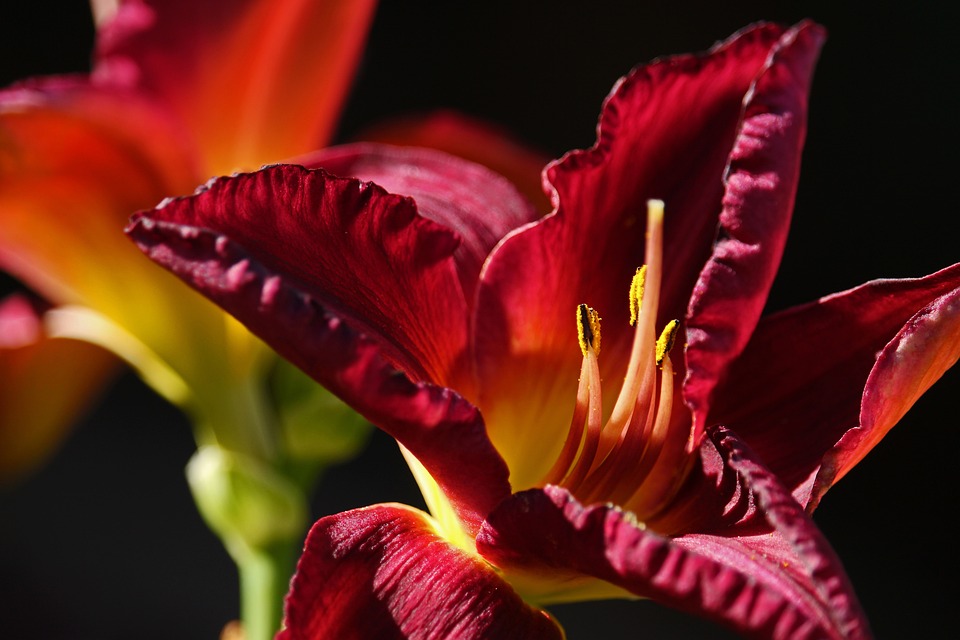Introduction
Growing your own food can be a rewarding and fulfilling experience. Not only does it provide you with fresh,
organic produce, but it also allows you to reconnect with nature and experience the joy of watching your plants
grow and thrive. In this article, we will explore the basics of edible gardening and how you can start your own
personal food oasis.
Benefits of Edible Gardens
Edible gardens offer a multitude of benefits. Firstly, you have complete control over what goes into your food.
You can choose to grow your produce organically, avoiding harmful pesticides and chemicals. This ensures that
you and your family consume healthy and safe food. Secondly, edible gardens encourage outdoor activity,
providing an opportunity for physical exercise and fresh air. Additionally, growing your own food can help you
save money on grocery bills, as you won’t need to purchase expensive organic produce from stores.
Getting Started with Edible Gardens
To get started with your own edible garden, consider the following steps:
- Choose the Right Location: Select an area in your yard that receives sufficient sunlight
and has well-draining soil. Ideally, the location should be easily accessible for watering and maintenance. - Plan Your Garden: Determine the size and layout of your garden. Consider the types of
plants you want to grow and their sun and soil requirements. It’s advisable to start small and gradually
expand as you gain experience. - Prepare the Soil: Ensure the soil is fertile and rich in organic matter. Add compost or
other organic amendments to boost nutrient levels. Remove any weeds or debris that may hinder plant growth. - Choose the Right Plants: Select plants that are well-suited for your climate and growing
conditions. Beginners may find it helpful to start with easy-to-grow vegetables, such as tomatoes, lettuce,
or herbs. - Provide Adequate Care: Regularly water your plants and provide sufficient sunlight. Be
mindful of pests and diseases and take necessary steps to prevent or control them. Weed your garden
regularly to ensure your plants have the best chance of thriving. - Harvest and Enjoy: Once your plants have matured, it’s time to reap the rewards. Harvest
your produce at the peak of ripeness and savor the taste of freshly picked vegetables.
Tips for Successful Edible Gardening
Here are a few tips to help you achieve success in your edible garden:
- Water your plants deeply and regularly, ensuring the soil is consistently moist.
- Protect your plants from pests by using natural remedies or physical barriers.
- Rotate your crops each year to prevent nutrient depletion and minimize pest and disease issues.
- Begin with easy-to-grow plants and gradually experiment with more challenging ones.
- Take time to observe and learn from your garden. Pay attention to the needs of each plant and adapt your
approach accordingly.
FAQs
Q: How much space do I need for an edible garden?
A: The size of your edible garden depends on your available space and the types of plants you want to grow. Even
a small balcony or patio can accommodate a few pots of herbs or vegetables. If you have a larger yard, you can
allocate a dedicated area for your garden.
Q: How long does it take for plants to grow?
A: The growth time varies depending on the plant species. Some fast-growing vegetables, like radishes or
lettuce, can be harvested in as little as a month. Others, such as tomatoes or peppers, may take several months
to reach maturity. It’s essential to research the specific plants you intend to grow for an accurate timeline.
Q: Can I grow an edible garden indoors?
A: Yes, you can grow an indoor edible garden using containers or hydroponic systems. Choose plants that thrive in
low-light conditions and make use of grow lights if necessary. Indoor gardening allows you to enjoy fresh
produce year-round, regardless of outdoor weather conditions.
Q: How do I deal with pests and diseases?
A: The best way to deal with pests and diseases is to prevent them from occurring in the first place. Maintain
good garden hygiene, keep your plants healthy, and monitor them regularly for any signs of trouble. If pests or
diseases do appear, research organic methods to control them, such as using companion plants, natural sprays, or
introducing beneficial insects.
Q: Can I save seeds from my plants for future use?
A: Yes, saving seeds allows you to preserve the characteristics of your favorite plant varieties. Make sure to
collect seeds from open-pollinated or heirloom plants, as hybrid varieties may not produce seeds true to the
parent plant. Properly store the seeds in a cool, dry place and label them with the plant name and date of
collection.




